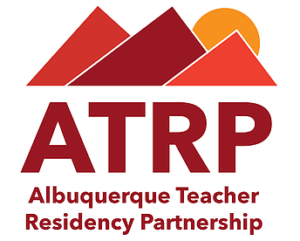Education
Our Focus Areas
We seek to identify the root causes of New Mexico’s most challenging problems and work to advance non-partisan, evidence-based solutions.
Goal 1: Increase the number of teachers and educational leaders prepared in highly effective apprenticeship/ residency programs

Knowledgeable and skillful educators are the most important in-school influence on student learning and the most important element in closing the achievement gap. An overwhelming body of research demonstrates the critical influence of educator effectiveness on student achievement, especially with respect to the achievement of students of color and those from low-income families. The Thornburg Foundation seeks to create a policy environment where every aspiring teacher and school leader has an extended, high quality experience co-teaching or co-leading alongside master teachers and leaders.
Goal 2. Increase the number of graduates ready to succeed at college and in careers by growing the number of high quality Career and Technical Education programs across the state.

Career and technical education (CTE) has an important role to play in making high school relevant and meaningful and increasing college and career ready graduates. Policy outcomes include establishing standards and metrics for measuring CTE success and sustainable funding streams for school districts and industry partners providing credit-based, paid internships.
Goal 3. Establish a statewide education committee to sustain long-term, meaningful reform.

Compared with individual or interest group advocacy, other states have demonstrated the potential for statewide committees to advance and win support for bold, long-term systems changes. The high visibility of committees and their outreach to broad audiences including stakeholders and experts allows them to build receptivity and support for their recommendations in advance of formal consideration by state legislatures and administrations. Once adopted, and with sustained implementation, these committee-generated changes can have profound and lasting impacts on the quality of the system and students’ opportunities and outcomes.
Goal 4. Streamline data reporting requirements to direct more resources toward classroom instruction.

Continue moving toward a real-time data system where districts and charters upload data elements to the Public Education Department. This approach, modeled on successes in other states, has the potential to reduce the administrative burden in districts and charters, allowing them to repurpose resources to classrooms. Equally important, these data elements can be shared back with districts, schools, and classrooms in ways that can meaningfully help educators use the information to further improve instructional practices.


